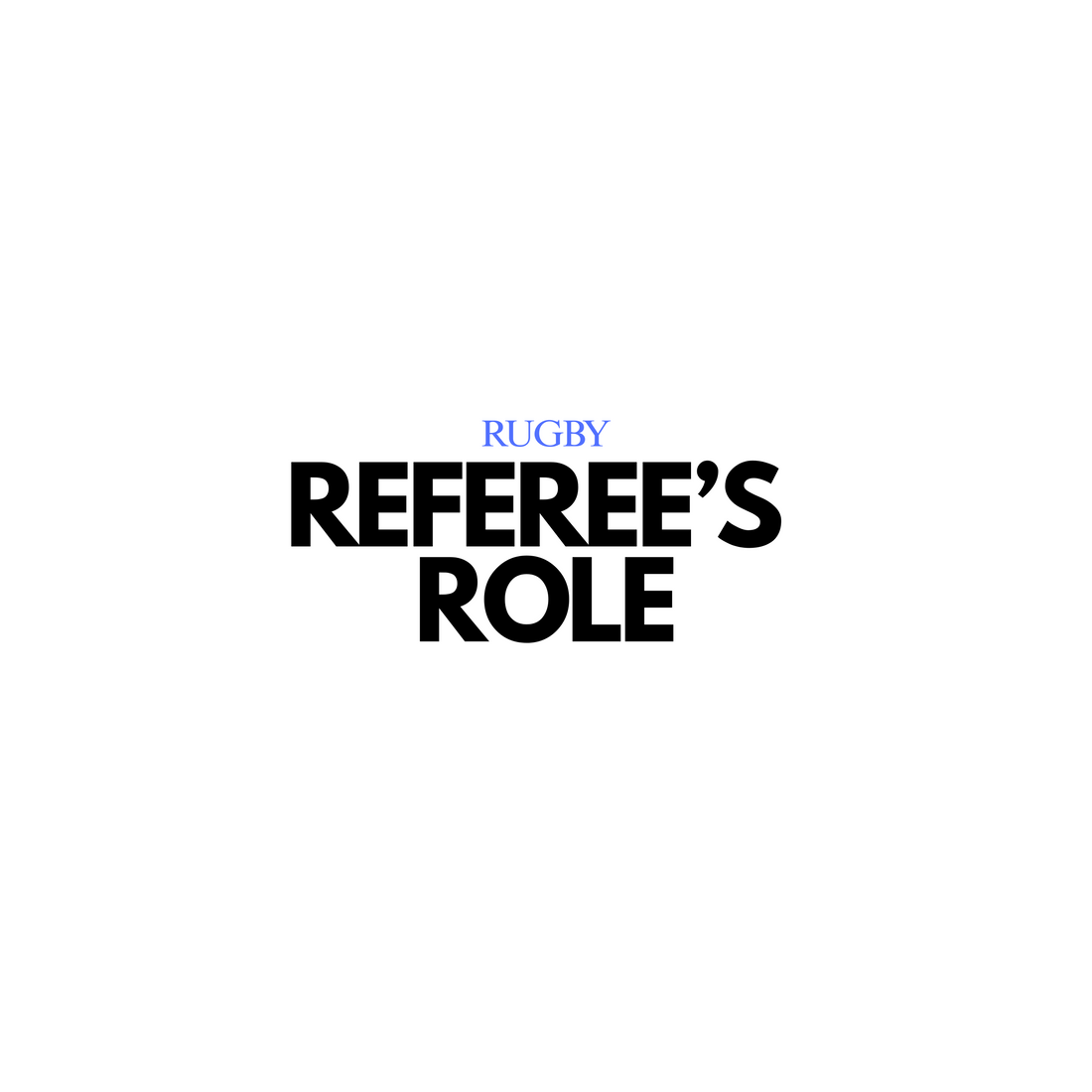
Rugby Referee’s Role: How the game is officiated
Share
The referee plays a crucial role in ensuring the game is played fairly, safely, and according to the rules. In rugby, the referee has the authority to enforce the laws, make decisions, and manage the flow of the game. Here's a breakdown of the referee’s responsibilities:
________________________________________________________________________________________________
1. Enforcing the Laws of the Game
Interpretation and Application: The referee ensures that both teams adhere to the rules and regulations, including areas like offside, tackling, and scrums. They apply the laws impartially and make decisions on any infringements, such as penalties or free kicks.
Making Decisions: If a foul or violation occurs, the referee will make a decision on whether to penalize the team, award a scrum, or restart play with a free kick, penalty, or other appropriate action.
________________________________________________________________________________________________
2. Managing the Game Flow
Control of Play: The referee starts and stops play, managing the game’s pace. They determine when a game is paused (e.g., for injuries, scrums, or penalties) and signal when play can resume.
Time Management: The referee is responsible for keeping track of time during the match. Rugby matches are divided into two 40-minute halves, with a 10-minute break between them. They may also stop the clock in the event of serious injuries or other significant interruptions.
________________________________________________________________________________________________
3. Making Calls on Infringements
Penalties and Free Kicks: The referee is responsible for identifying infringements (e.g., offside, knock-ons, high tackles) and awarding penalties or free kicks to the opposing team.
Scrum Decisions: The referee ensures that scrums are contested fairly, following the correct procedures for binding, engaging, and the feed of the ball. If a scrum collapses or a team commits a scrum infringement, the referee will award the opposing team the scrum or a free kick.
________________________________________________________________________________________________
4. Managing the Set Pieces (Scrums, Lineouts)
Scrum: The referee ensures the correct formation and engagement of the scrum. They also decide when the scrum is ready and when it can restart.
Lineouts: When the ball goes out of bounds, the referee manages the lineout process, ensuring the throw-in is conducted fairly and that players follow the correct rules of lifting and jumping.
________________________________________________________________________________________________
5. Safety and Discipline
Player Safety: The referee’s primary responsibility is the safety of the players. They are trained to spot dangerous or reckless play, such as high tackles or dangerous lifting in the scrum or maul, and have the authority to issue yellow or red cards to players who endanger others.
Carding: The referee can issue yellow cards (temporary suspension for 10 minutes) or red cards (permanent removal from the game) for serious infractions like violent conduct or repeat offenses.
________________________________________________________________________________________________
6. Communication
Signals: The referee uses hand signals to communicate with the players, coaches, and spectators. These include signals for scrums, penalties, and free kicks, as well as cards for disciplinary actions.
Whistle: The referee uses a whistle to stop or restart play, signaling decisions like penalties or free kicks.
________________________________________________________________________________________________
7. Assisting with Decision-Making
Assistant Referees (Touch Judges): In addition to the central referee, there are typically two assistant referees (or touch judges) who help the referee make calls on offsides, touchline decisions, and whether the ball has gone out of bounds. They can also signal when a try has been scored.
TMO (Television Match Official): For some high-level matches, the TMO can be consulted to review video footage for decisions related to tries, fouls, or other unclear situations, ensuring accurate decision-making.
________________________________________________________________________________________________
8. Handling Disputes
Player Behavior: The referee must manage player behavior on the field, ensuring players show respect for one another and the game’s laws. Players can appeal to the referee, but they must do so respectfully. If a player disputes a decision, the referee has the final say.
Captain’s Role: The team captain is the designated spokesperson for the team and can ask the referee for clarification on certain decisions, but only in a respectful manner.
________________________________________________________________________________________________
9. Final Decision Maker
The referee’s word is final. They are the ultimate decision-maker in the game and have the authority to stop play, penalize players, or issue cards as needed.
________________________________________________________________________________________________
Summary of Referee’s Duties:
Enforce the laws of the game.
Manage the flow of play and ensure timekeeping.
Make decisions on penalties, free kicks, scrums, and lineouts.
Ensure player safety and discipline, issuing yellow or red cards if necessary.
Communicate decisions clearly to players and the crowd.
Work with assistant referees and the TMO to ensure accuracy in decision-making.
________________________________________________________________________________________________
Through these roles, the referee maintains fairness, order, and safety throughout the game, ensuring the match is played in accordance with the rules.
